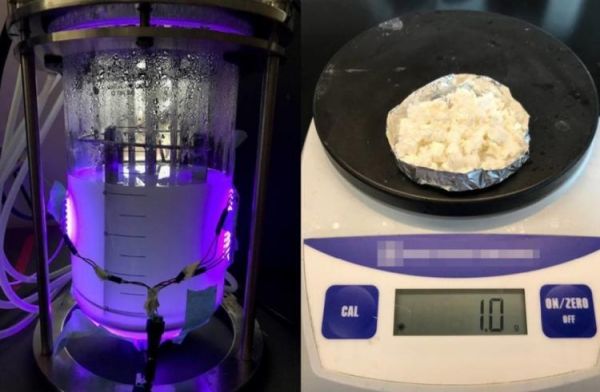CU Boulder researchers have developed nanobio-hybrid organisms capable of using airborne carbon dioxide and nitrogen to produce a variety of plastics and fuels, a promising first step toward low-cost carbon sequestration and eco-friendly manufacturing for chemicals.
By using light-activated quantum dots to fire particular enzymes within microbial cells, the researchers were able to create “living factories” that eat harmful CO2 and convert it into useful products such as biodegradable plastic, gasoline, ammonia and biodiesel.
“The innovation is a testament to the power of biochemical processes,” said Prashant Nagpal, lead author of the research and an assistant professor in CU Boulder’s Department of Chemical and Biological Engineering. “We’re looking at a technique that could improve CO2 capture to combat climate change and one day even potentially replace carbon-intensive manufacturing for plastics and fuels.”
The project began in 2013, when Nagpal and his colleagues began exploring the broad potential of nanoscopic quantum dots, which are tiny semiconductors similar to those used in television sets. Quantum dots can be injected into cells passively and are designed to attach and self-assemble to desired enzymes and then activate these enzymes on command using specific wavelengths of light.
Continue reading at University of Colorado - Boulder.
Image via University of Colorado - Boulder.


